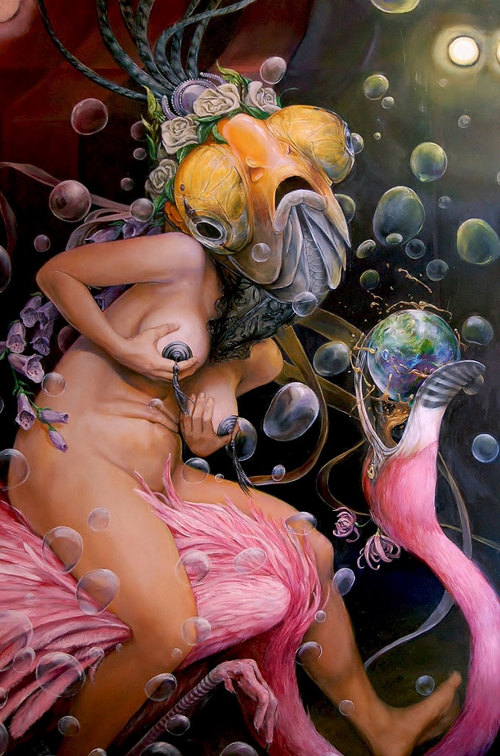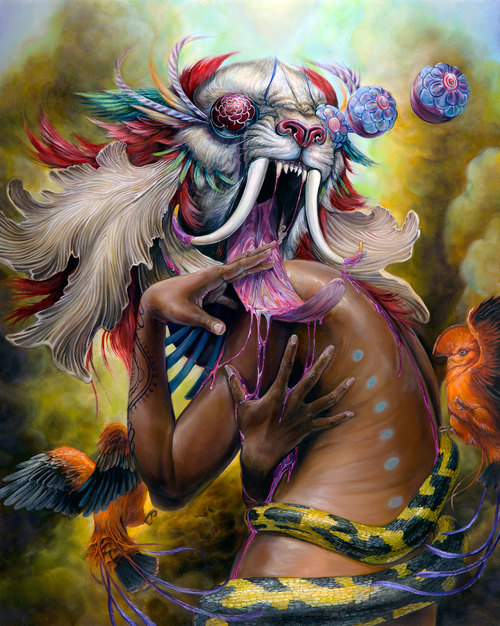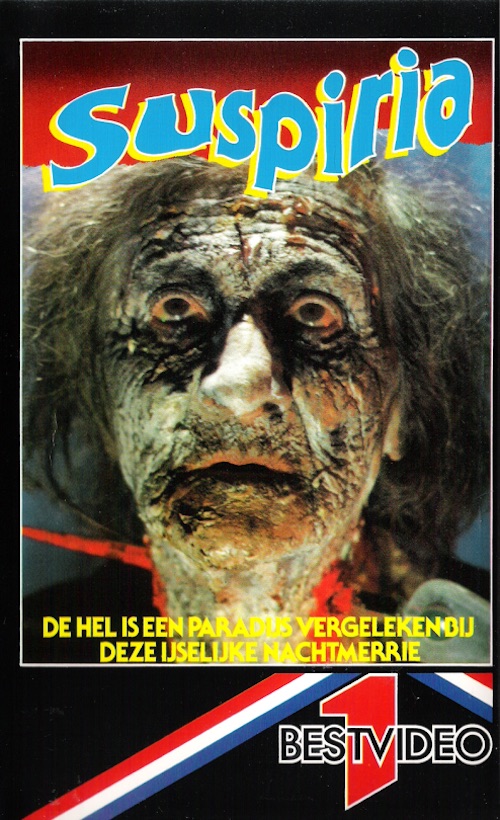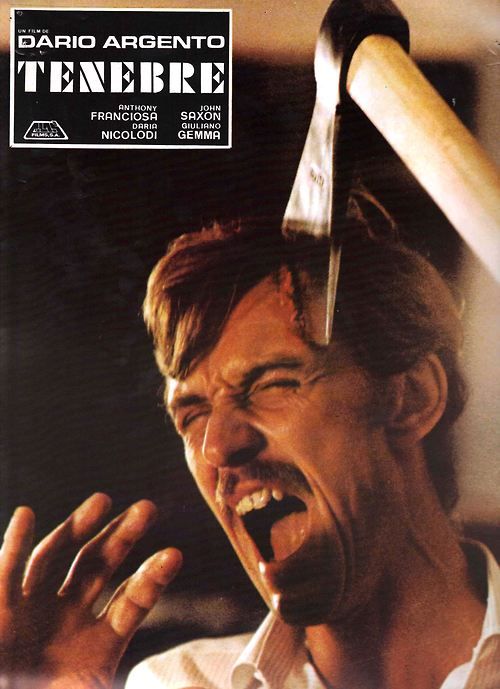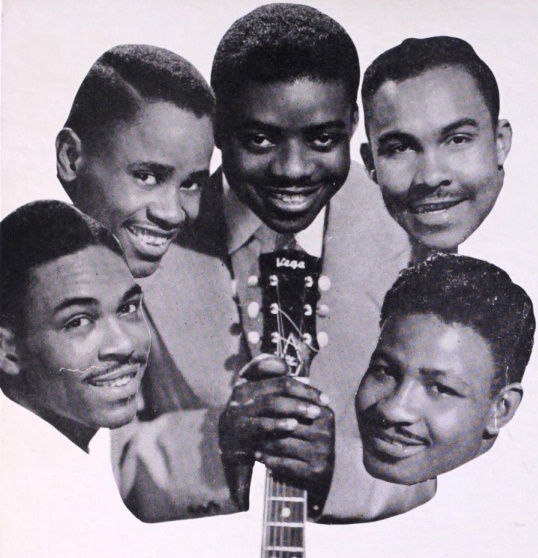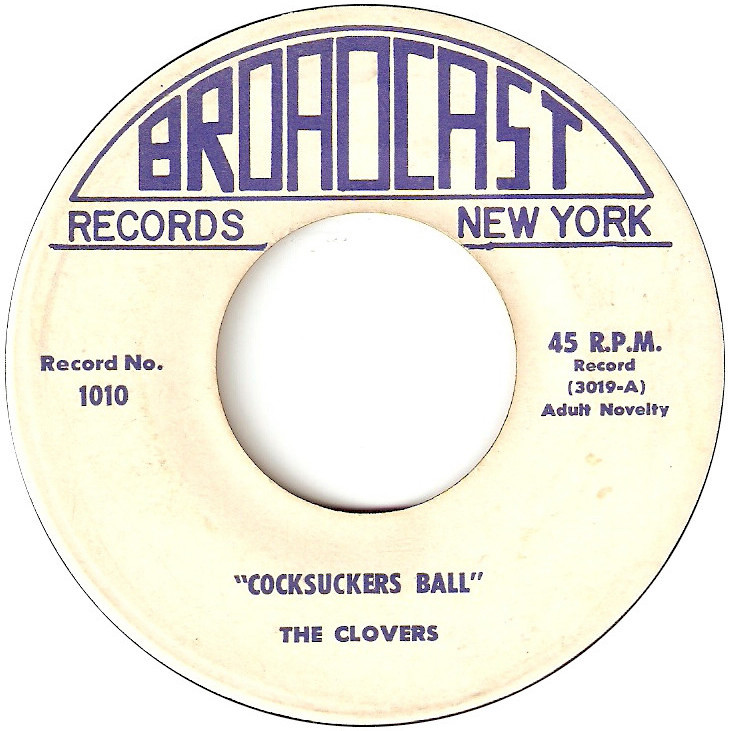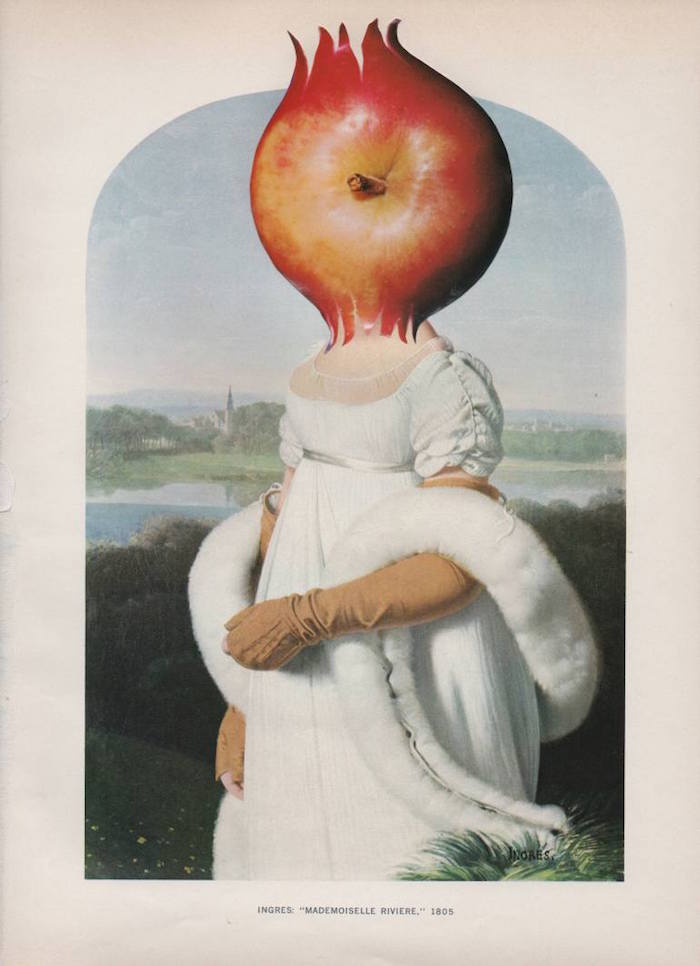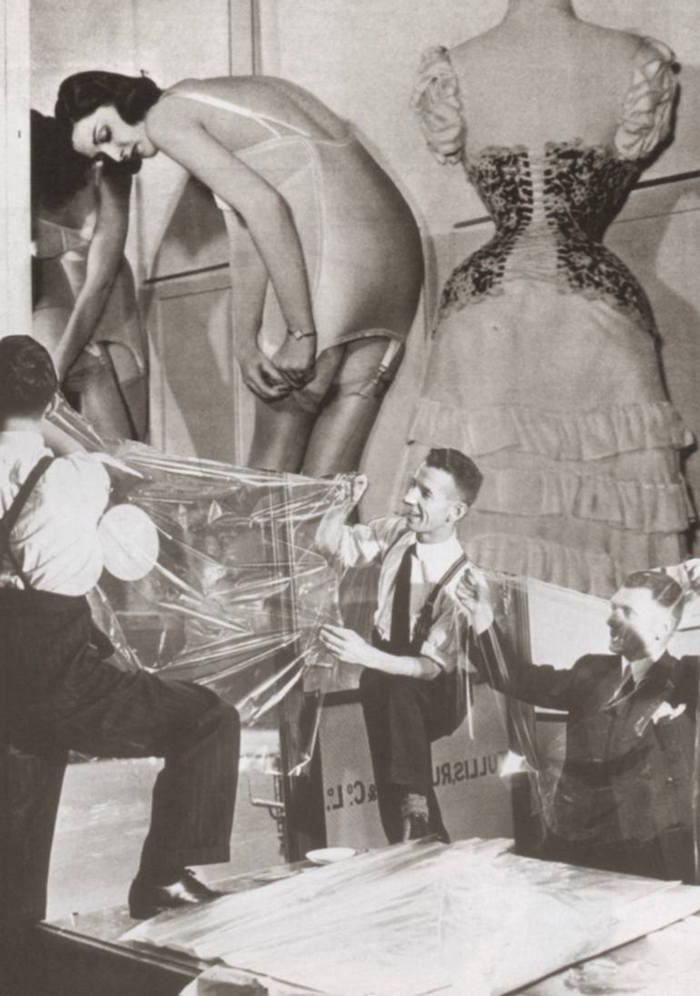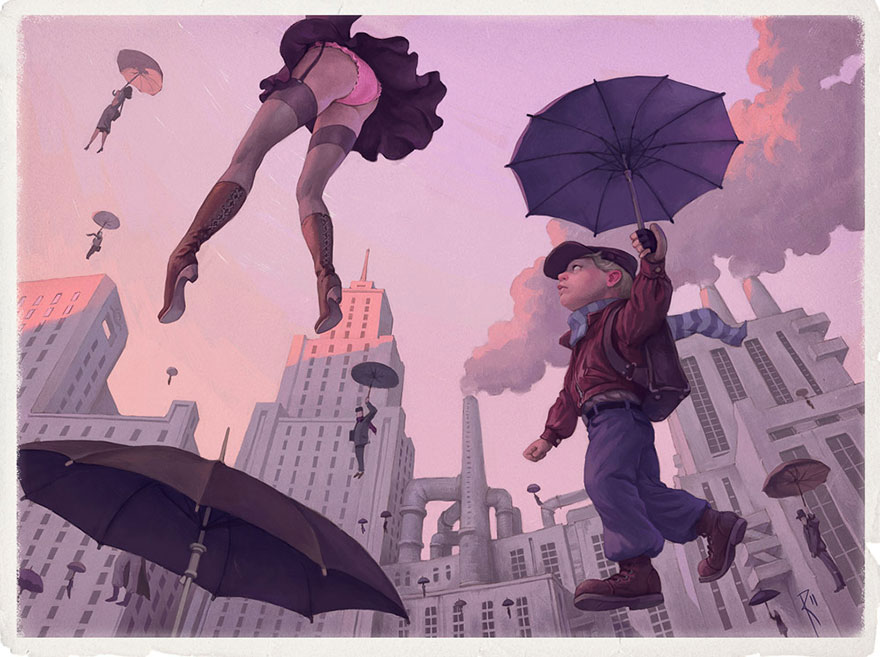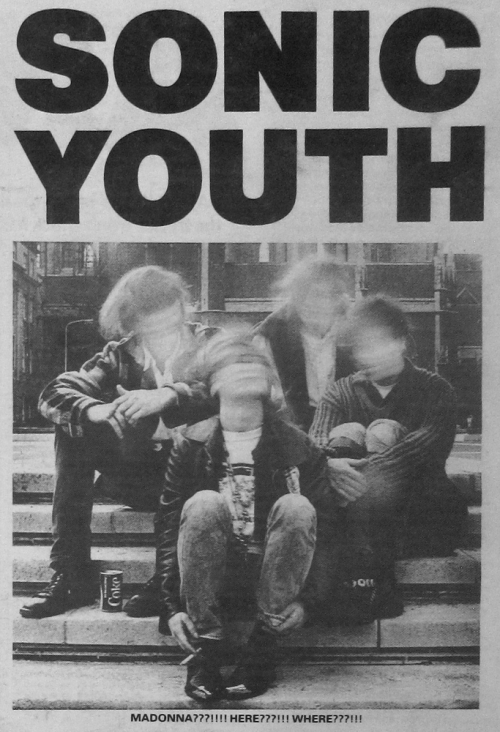
The Church of the SubGenius’ annus mirabilis, 1998, may have come and gone (or it may be yet to come, as some of the faithful believe), but it’s never been easier to hear the word of “Bob.”
OSI 74 carries on the Church’s TV ministry. Evangelical radio programs such as Hour of Slack, Puzzling Evidence, and Ask Dr. Hal no longer splutter from our computer speakers in a pitiable dribble of RealAudio 1.0, but burst forth in full stereo at 64 Kbps, a mighty firehose of Slack. The classic SubGenius recruitment movie Arise!, which used to cost 20 whole dollars, is now just as free as an ISKCON book with Ganesha on the cover. And The Book of the SubGenius is still in print.
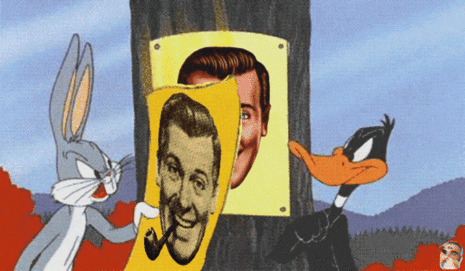
But a documentary in the works promises to do something new for the Church, namely, to situate its founding and founders in real, actual historical time. Slacking Towards Bethlehem: J.R. “Bob” Dobbs and the Church of the SubGenius will tell the story of Rev. Ivan Stang and Dr. Philo Drummond meeting in mid-Seventies Texas as young weirdos. The pair “quickly forged a friendship over a shared love of comic books, Captain Beefheart and UFO paperbacks,” in the words of the movie’s press release, before starting a religion that won converts in R. Crumb, Robert Anton Wilson, DEVO, Frank Zappa and Negativland. Directing is Austin filmmaker Sandy K. Boone, whose late husband, David Boone, directed the 1980 cult film Invasion of the Aluminum People, which might be “an allegorical testimony for the Church of the SubGenius.”
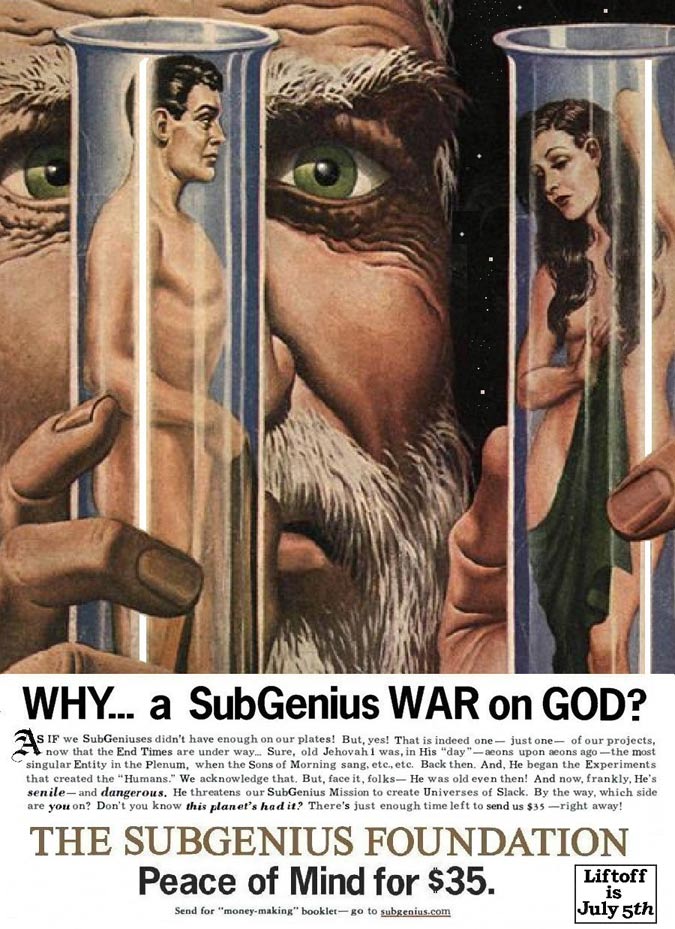
Slacking Towards Bethlehem is almost in the can, Boone says, with poster art by legendary comix artist and SubGenius saint Paul Mavrides (a/k/a Palmer Vreedeez [unless you believe he’s really Dr. Hal], LIES) to come, but first they have to fund post-production. The movie’s Kickstarter—not to be confused with the also recently launched crowdfunding campaign behind SubGenius Dr. K’taden Legume’s proposed “alien-contacting beacon”—offers tempting perks. At $11, salvation can be nearly anyone’s. There are clothes, books, and rare items from the Rev. Ivan Stang archive higher up the scale. Still more generous donations secure holy relics, suitable for framing, such as pieces of toast on which “Bob” has appeared to believers in their humble kitchenettes; for just a few dollars more, they will sell you the Breakfast with “Bob” toaster used to manufacture these miraculous apparitions. For the very deep-pocketed donor, or the crazed, impulsive superfan with a high FICO score, there is an associate producer credit on offer. Would it be too much to hope for a few Holy Seven-Bladed Windbreakers?
Keep reading after the jump…






